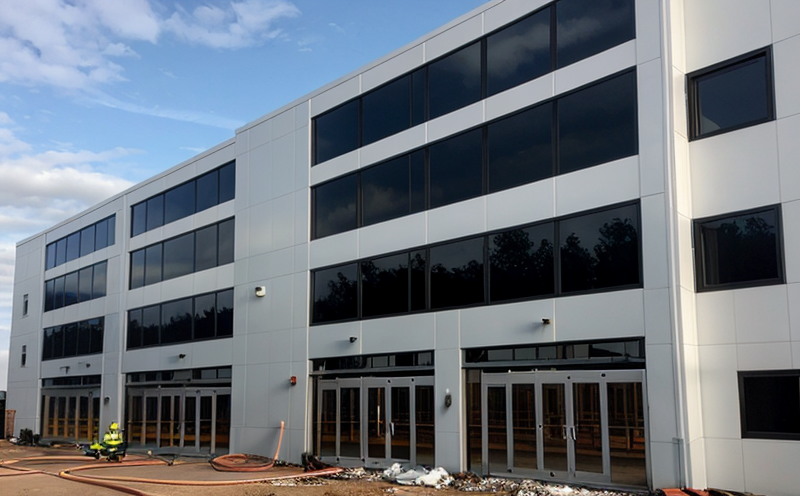Fire resistant cladding inspection
In fire safety and protection systems, fire-resistant cladding plays a crucial role in safeguarding buildings from the spread of flames. This type of cladding is designed to maintain its structural integrity during a fire, thereby providing vital time for evacuation and minimizing the risk of spreading fire across building structures. The inspection process for fire-resistant cladding involves rigorous testing that ensures compliance with industry standards such as ISO 834:2016, EN 1363-3, and ASTM E119.
The primary goal of inspecting fire-resistant cladding is to verify its ability to resist the spread of flames and prevent the transfer of heat. This is achieved through a series of tests that simulate real-world fire conditions. The inspection process begins with thorough documentation of the cladding's composition, including its core materials, surface finish, and any other relevant details. Specimens are then prepared according to specific dimensions outlined in the relevant standards.
The testing involves subjecting the specimens to direct flame exposure for a specified duration under controlled conditions. This exposes the cladding to high temperatures and flames, allowing inspectors to assess its performance in terms of flame spread, heat release rate, and structural stability. The results are analyzed against the established criteria, which dictate the maximum allowable levels of flame spread and smoke generation.
Environmental factors such as humidity and temperature can significantly impact the performance of fire-resistant cladding. Therefore, these variables are carefully controlled during testing to ensure accurate results. Compliance with environmental standards is critical for ensuring that the cladding performs optimally in real-world conditions. The inspection process also includes a review of the cladding's resistance to mechanical damage, which is important for maintaining its integrity under various stress conditions.
The findings from these inspections are documented meticulously and reported to relevant stakeholders. These reports provide detailed insights into the cladding's performance during fire testing, highlighting any areas that require improvement or additional scrutiny. This information is invaluable for quality managers, compliance officers, R&D engineers, and procurement teams who rely on accurate data to make informed decisions about material specifications and building design.
Fire-resistant cladding inspection is not just a regulatory requirement but also an essential component of sustainable fire safety practices. By ensuring that the cladding meets stringent performance criteria, buildings can achieve higher levels of fire resistance and contribute to safer environments for occupants. This contributes to reducing casualties during fires and minimizing property damage.
Why Choose This Test
Selecting fire-resistant cladding inspection is crucial for several reasons. Firstly, it ensures compliance with international standards, which are designed to protect lives and properties in the event of a fire. By adhering to these standards, organizations demonstrate their commitment to safety and regulatory adherence.
- Enhanced Safety: Fire-resistant cladding inspection helps identify any deficiencies or potential hazards that could lead to compromised structural integrity during a fire.
- Regulatory Compliance: Meeting stringent testing requirements ensures that the cladding meets legal standards, thereby reducing the risk of penalties and ensuring smooth operations.
- Sustainable Practices: The inspection process integrates sustainable practices by promoting the use of materials that enhance fire safety without compromising environmental impact.
- Cost Efficiency: Early detection of issues during inspections can prevent costly repairs or replacements later on, thus saving resources and minimizing downtime.
In addition to these benefits, organizations that opt for this test are also contributing positively to the broader community by promoting safety standards. This reflects a commitment to responsible corporate citizenship and fosters trust among stakeholders.
Environmental and Sustainability Contributions
- Eco-friendly Materials: Fire-resistant cladding inspection ensures that materials used are environmentally friendly, reducing the carbon footprint of buildings.
- Sustainable Design: By promoting fire-safe design practices, inspections contribute to sustainable urban development initiatives.
- Energy Efficiency: The use of fire-resistant cladding helps in maintaining indoor air quality and temperature stability during fires, leading to more energy-efficient building systems.
- Pollution Reduction: Fire-resistant cladding inspection mitigates the release of harmful pollutants into the environment during a fire.
These contributions are integral to achieving global sustainability goals. By integrating these practices into their operations, organizations can significantly reduce their environmental impact while enhancing safety standards.





